#roman festival
Text
Happy Lupercalia!
May you have all the fertility / whips for kicks you wish for! 🩸

(Sadly, probably not the origin for Valentines -https://penelope.uchicago.edu/Thayer/E/Roman/Texts/secondary/SMIGRA*/Lupercalia.html#note:February_fifteenth )
47 notes
·
View notes
Text

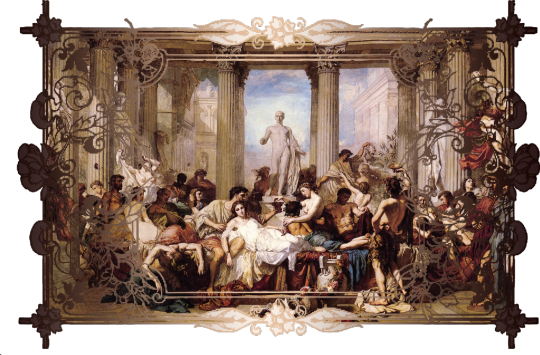


Saturnalia is coming on soon, so I'd like to speak some more on this peculiar, interesting festive occasion.
It is an Ancient Roman holiday of abundance, feasting, and celebration of harvest, which was supposed to be over by the time the festivities began. After the farmers gathered the crops, they'd celebrate Saturn, God of seed and sowing, for His generosity and richness of the harvest.
The festival, known for its abundant feasts and the peculiar tradition of switching roles of masters and servants, has a complicated history.



The origins of Saturnalia are much of a mystery as the festival appears to be so Ancient that Roman sources mark it to be older than the city of Rome itself. Saturnalia existed in both Greek and Roman tradition, though it corresponded to the Greek Kronia, which was a similar, but not an identical festival.
Sources speak on different possible origins of the holiday: some mention the temple of Saturn, the largest of the recorded by the pontiffs, being erected in Rome, and thus starting the tradition; whereas others speak on the festival being brought from Greece. Either way, this Ancient tradition is associated with the liberation of the God of harvest.
Saturnalia was officially celebrated on December 17 and, in Cicero's ties, lasted for a week (inclusively), until December 23. The length of the celebration varied depending on the time period as Augustus shortened it to three days only for the sake of letting the civil courts stay closed for less, while Caligula extended the celebration to five days. The original festival, according to Macrobius, appeared to have lasted for only a day; fourteen days before the Kalends of January. The Julian reform shifted the date to the 17th, thus making it into sixteen days before the Kalends. Some believe that the timing for Saturnalia was symbolic, as next followed Winter Solstice, or symbolic Death of the Sun and Birth of the new one.
Regardless, even after the limiting of the festival, Saturnalia seemed to still be celebrated for a full week with the last day being dedicated to Sigillaria, named so after sigillaria, the small earthenware figurines sold in the cities on that day. The original day of celebration was in turn given to Ops, the consort of Saturn and the Deity of abundance and the fruits of the Earth. The celebration in Her honor was called Opalia, and two festivals tended to mix together with Ops' worshippers sitting down during prayer to touch Earth, mother of all.
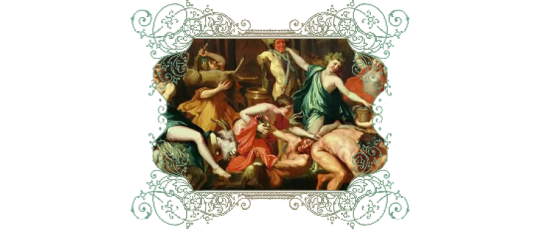


Saturnalia involved various activities akin to feasts, parties, gift-giving, and ritual rites. The party traditionally started with the guests exclaiming, i Saturnalia, believed to be a shortening from ego tibi optimis Saturnalia auspico, or 'i wish you a happy Saturnalia'.
It is believed to be one of the most delightful periods of the year and one of the most beloved Roman festivals. People went into the streets celebrating, marching, setting up shows and street markets. People of all backgrounds could participate in it.
Among the general aspects of Saturnalia were activities such as gift giving, as people exchanged things such as candles, walnuts, dates, and honey. Masters served slaves, whereas slaves became free men as in memory of Saturn's reign when slavery did not exist. Servants walked the streets masked, in Frigio hats, or hats of liberation. The Saturnals were also celebrated in the army; the party was called the Saturnalicium castrense, when the low-rank soldiers sat next to the generals as equals and toasted together. Dice games and public gambling were allowed, but became prohibited again once Saturnalia ended. Mourning was abolished, while courts and schools were closed; starting war or enforce capital punishment was strictly prohibited. The festivities took such a great degree of chaos that some authors of the time report moving to remote suburban houses for the week of the Saturnalia to avoid the noise.
Saturn was one of the few celebrated Deities, as, in Roman times, Dis Pater and Proserpina were also believed to join the festive processions in winter time. They were to be appeased by gifts, festivities, and food; which was believed to make Them return to the Underworld where, as the Gods of subsoil, They would protect the crops and make them sprout in spring.
The official part of the feast consisted of a solemn sacrifice in the temple attended with bare head and during which the wool bandages that wrapped the feet of Saturn's simulacrum melted. A public banquet followed where all the guests exchanged toasts and wishes.
Further celebratory activities were split into days, and precise rites were done on each day of the festival.


At the beginning of Saturnalia, a rite of lectisternium was held. During the ritual, statues of Jupiter and 12 Olympians were seated in a dining position upon a special bed, or couch, and offered food, prayers, and gifts. They were spoken to with due respect and asked for protection of Rome and its people as well as for help with current affairs. After the first step, a procession was sent off to the Temple of Saturn and animal sacrifices were made at the site.
A banquet with cheeses, focaccia, olives, and wine was held, to which everyone was invited - all provided by the state.
Starting day one, no-work days began, and gifts as well as greeting cards were exchanged between the citizens. Myrtle, laurel, and ivy - symbolic elements of the Saturna - were given; the trees were respectively sacred to Venus, Apollo, and Bacchus. The first day was signified by banquets, during which the Princeps of Saturnalia, the ruler of the festivities, Princeps Saturnalicius, was elected. During the first day of the festival, people changed from togas to synthesis and pileus; a casual home robe and a cap like headdress.


On the second day of the festival, Rome was still abundant with noise and feasts, to which everyone invited everyone. Stalls and juggles were in the streets alongside dancers and musicians. Celebrations were accompanied by the feast in honor of Epona, Celtic Goddess of horses, much adorned by the equites, whose importance during Saturnalia was due to Her connection to fertility and richness of feasts. The second day of Saturnalia, the 18th of December, marked the beginning of the triad of days of Mercatus, much similar to today's city fairs.


The third day of Saturnalia was the initial day of the celebration (before the reform of the calendar) and was devoted to the Goddess Ops, Deity of Sabine origin introduced to Rome under Titus Tatius. She was praised as the Deity of abundance, protector of rich harvest, giver of fruits of the Earth, and respected consort of the God Saturn. Her Temple at the Capitol hill was erected on that day, and thus received attention and became a center of worship of the Goddess as it was the anniversary of its establishment. Ops was prayed to and asked for blessings of harvest.


The fourth day of the Saturnian festivals, December 20, was dedicated to gift-giving and worship of the Lares, house guardian Deities of Ancient Rome. Terracotta figurines, sigillaria, were made out of paste, wax, or terracotta. Bronze statues were a rarity as bronze was expensive, while sigillaria made out of sweet dough were meant for the children. These statuettes were exchanged as gifts between the citizens as well as given to Saturn as offerings. He was seen as the God of time, and, thus, Death, and the figurines were to be given to Him as ways to redirect Death from coming for the giver, instead letting the figurine take it.


On the fifth day, Rome was filled with visitors from all across the Empire who came to see the city at its peak, blooming with festivals and street activities such as shops, shows, and a multitude of banquet spots. Fod, souvenirs, sigillaria (sigillaria<sigillum<signum+illum), clothes, ornaments and jewels were sold on the street. Artisans from all over the Empire offered goods made of leather, wood, terracotta, bronze, brass, silver and a special alloy of gold and silver, electrum.


On day six of the festivities Rome welcomed dancers, singers, and other performers from across the Empire who came to join the celebration as the entirety of the Empire was involved in it. Gift-exchanging with the guests, also known as xenia, was performed. Marcus Valerius Martialis wrote Xenia and Apophoreta for the Saturnalia, both of which were published in December and intended to accompany the "guest gifts" that were given at that time of year.


On the seventh - and last - day of the celebrations the Gods were thanked for everything given. The streets were full of torches and braziers, and the day passed between banquets and the baths decorated with ribbons and garlands for the occasion. Aulus Gellius relates that he and his Roman compatriots would gather at the baths in Athens, where they were studying, and pose difficult questions to one another on the ancient poets, a crown of laurel being dedicated to Saturn if no-one could answer them.
Saturnalia ended at sunset.
Sources in pinned.
#𓆩𝕍𓆪 ˣ 𝐅𝖊𝖗𝖎𝖆#hellenism#theoi#helpol#hellenic polytheism#roman polytheism#roman festival#religio romana#saturnalia#io saturnalia#witchblr
205 notes
·
View notes
Text


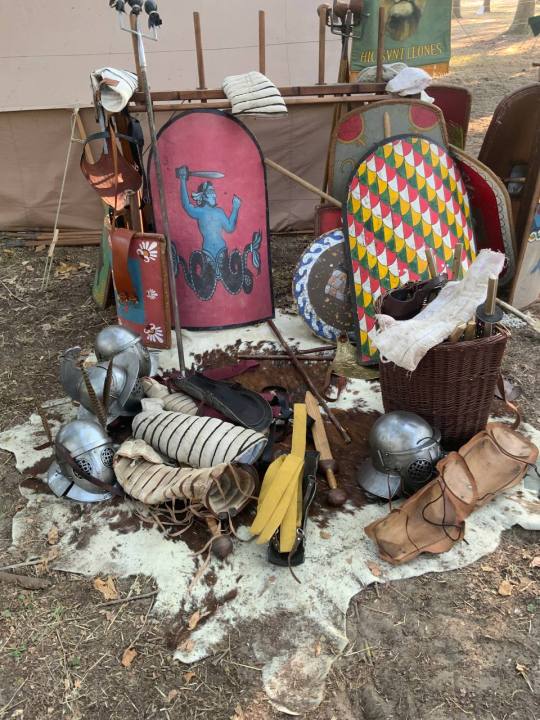
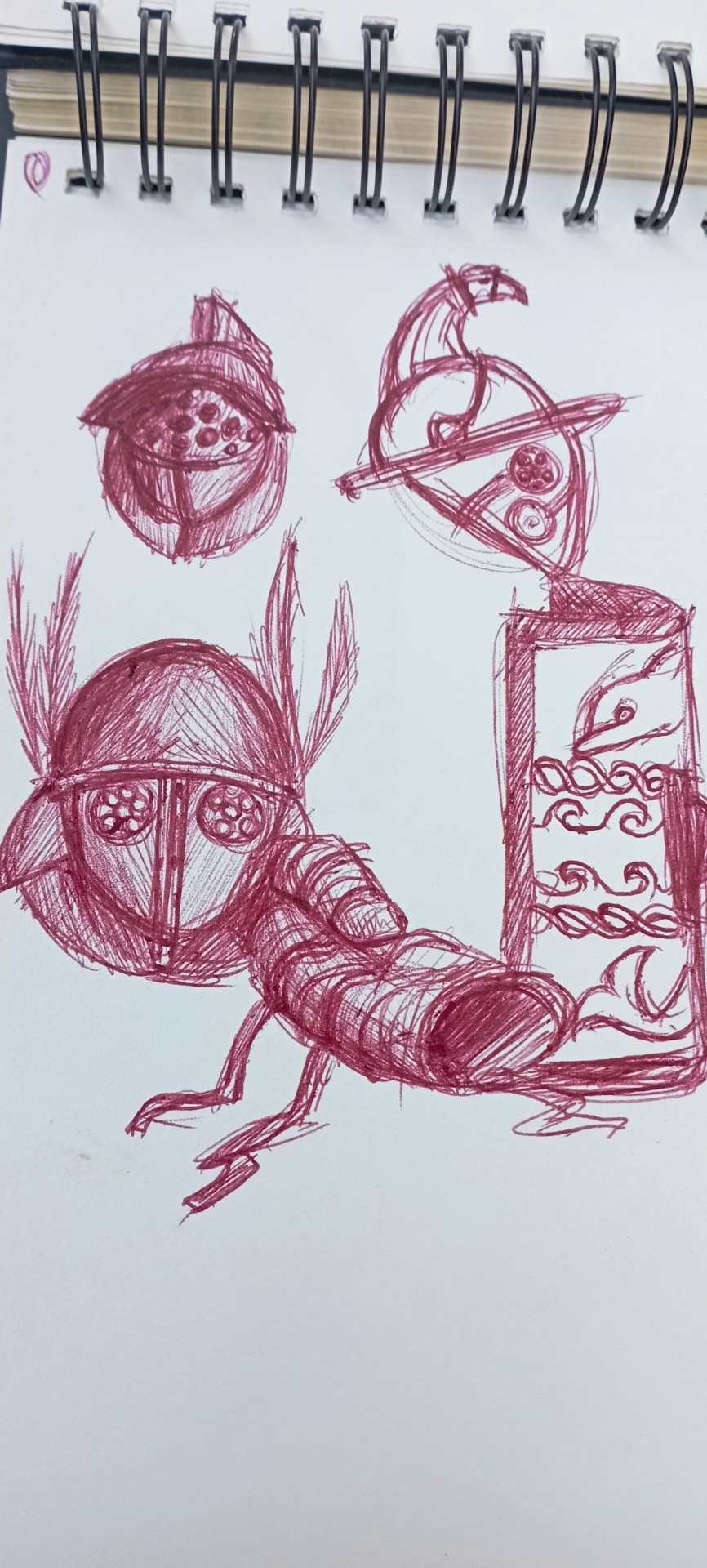
I got some time to do some studies on the go.
Ballpoint pen only, no undo and no regrets! (In fact I have many regrets, but that's what studies are for, right?)
#druidia#roman festival#gladiators#sketch#artists on tumblr#celtic festival#chiaroscuro#ballpoint pen
2 notes
·
View notes
Text
Floralia. Feast of Flora

28/4- 3/5 Roman festival in name of Flora
So... for the ocassion, my new floral incense for may. Measured in parts.
Cinnamon 2
Rose 1
Jasmine 1/2
Frankincense 1
Marigold 1/4
Orange blossom (or orange peel) 1/4
Nutmeg 1/8
Basil 1/4
Rosemary 1/4
Sandalwood 1/8
As extra scent, any (ANY) flower, musk (like patchouli) honey or vanilla. And maybe some cocoa.

Given that floralia is a feast of fertility, wine and honey cakes seem like a decent feast. HAVE FUN, BELOVEDS!!!
2 notes
·
View notes
Text

A lone Saturnalia rests in its favourite spot as the sun sets
#art#my art#digital art#paleoart#paleontology#palaeoblr#archosaurs#dinosaurs#sauropodomorphs#saturnalia tupiniquim#<- tagging the species rather than the just the genus to avoid clogging up the tag for the roman festival lmao#queue#tumblr radar
2K notes
·
View notes
Text

Spring by Lawrence Alma-Tadema (1894)
#lawrence alma tadema#art#paintings#fine art#19th century#19th century art#academism#academicism#academic art#painting#english artist#british artist#rome#ancient rome#roman#spring#festival#classic art
1K notes
·
View notes
Text

Pompa Circensis by Julio Borrell Pla
#pompa circensis#art#julio borrell pla#ancient rome#chariot#chariots#quadriga#chariot racing#chariot race#chariot races#circus maximus#roman republic#roman#romans#games#racing#races#charioteer#charioteers#arena#classical antiquity#procession#parade#festival#history#europe#european#pageant#ritual#religious
63 notes
·
View notes
Text

Roman Cieslewicz, JAZZZ, Thèatre de Boulogne Billancourt, Boulogne-Billancourt, May 12 – June 9, 1990 [Centre Pompidou, Paris. © Adagp, Paris. Photo: Agence Photo de la RMN/Centre Pompidou]
#graphic design#typography#art#music#festival#music festival#poster#roman cieslewicz#centre pompidou#1990s
72 notes
·
View notes
Text


Sharon Tate and Roman Polanski photographed in their hotel suite by Jack Garofalo during their stay in France for the 1968 Cannes Film Festival
39 notes
·
View notes
Text

Monica Vitti, Sharon Tate and Roman Polanski photographed at Cannes film festival, May 1968.
50 notes
·
View notes
Text
I’m going to Innings Fest in a few weeks and both GRETA VAN FLEET and THIRD EYE BLIND will be there. What are the odds that Jake sings Jumper with them on stage? 🙃
#probably very low but a girl can dream right#I think about that TikTok everyday#it is my roman empire#greta van fleet#jakedown#jake kiszka#jaket kiszka#innings festival
22 notes
·
View notes
Text
Roman History Chickens: Late Republic
Marcus Tullius CLUCK-ero (Cicero)
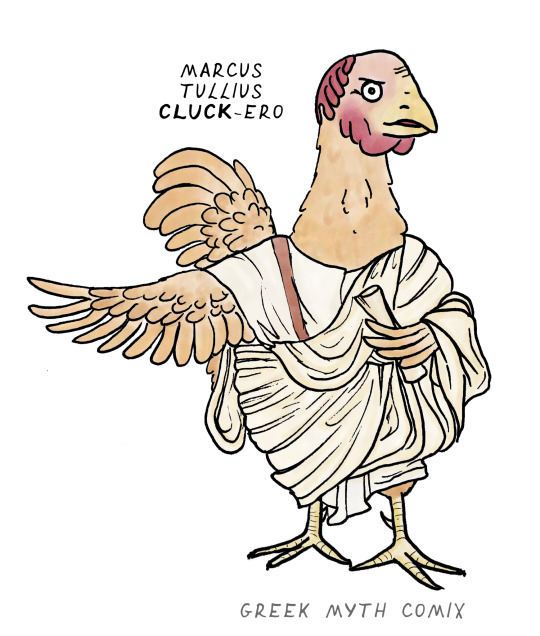
Ti-ROOST (Tiro), his secretary

Publius Clodi-EGG (Clodius) Pulcher, Cicero’s mortal enemy
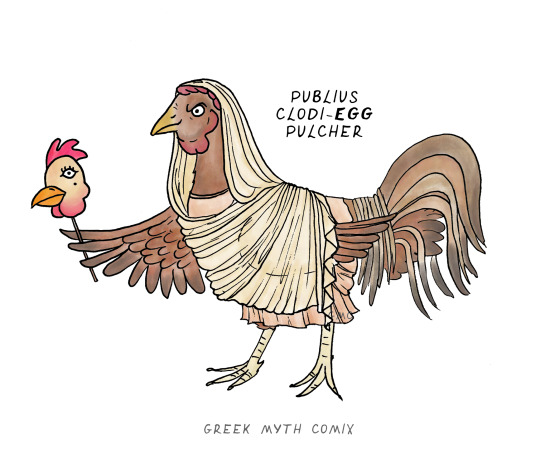
(He’s just LAID his plans at the Bona Dea festival, pretending to be a woman and seducing Caesar’s wife… *apparently*…)
#Roman chickens#Roman history chickens#roman history#Cicero#tiro#Clodius#bona Dea festival#illustration#comix#greek myth comix#tagamemnon#illustrator#Friday funny#Friday#puns#not sorry#welcome to my madness
187 notes
·
View notes
Text


Larentalia of Ancient Rome was a day at the very end of the Saturnalia, around December 23, celebrated in honor of various Deities. Some attest it to the celebration of Acca Larentia, the mythical mother of Romulus and Remus equated with the great she-wolf Lupa, whereas some call it the day of the Lares, protective household Deities of the Roman era.
Multiple Di Inferi such as the Lares, Di Manes, Di Penates, and such received due praise on Larentalia.
Known also as Parentalia, Larom, Lemuria, Mania, this sacred day has a long history and roots from the beliefs and customs that preceded the very formation of Rome.

Larentalia has a complicated history, much like most Roman holidays and festivals do. Some sources attest it to be the day when Acca Larentia was praised and worshipped, as she was believed to have raised Romulus and Remus as their adoptive mother.
Some stories speak of Acca Larentia as a woman who happened to have a large fortune left after her wealthy Etruscan lover, Tarutilus, passed, and that she gave the money to the people of Rome. Some call her the wife of Faustulus, the shepherd who found Romulus and Remus in the she-wolf's burrow. Some call her a courtesan and the mistress of the great Hercules given to him in a game of dice.
The latter might be a contributing factor to why Acca Larentia got slowly merged with the imagery of a she-wolf Lupa who raised Romulus and Remus according to the old myth: the word for a courtesan (lupa) and the word for a she-wolf (lupa) are cognates. Her other name, Acca, might be compared to the Sanskrit "akka", which means "mother" and rightfully allows us to consider her Mater Larum, the Mother of the Lares whom Romulus and Remus became for Rome after their deaths. The festival to honor the Lares was called Larom and coincided with Larentalia. Some, like Ovid, also referred to it as Mania after a corresponding Sabine Goddess.

The name of Quirinus is tightly connected to the cult of the Lares. Initially, this is likely the name of an Ancient indigenous agricultural Deity of Roman and Etruscan peoples who later was merged with the deified Romulus to represent a giving, prosperous ruler of the Empire.
Quirinus is also one of the epithets of the God Mars, one of the most beloved and treasured among the Roman Gods. Mars Quirinus was the peaceful face of the God of War when He guarded the civillians. Maurus Servius Honoratus in his notes to the Aeneid wrote the following: Mars enim cum saevit Gradivus dicitur, cum tranquillus est Quirinus ("When He rampages, Mars is Gradivus, but when He is at peace, He is Quirinus"). Gods such as Janus and Jupiter were also given the epithet Quirinus. Thus, the very name, Quirinus, became strongly associated with the image of provision, protection, and stability, which explains why Romulus was attested this name as well.

Such a diverse variety of ways Quirinus can be interpreted is partially due to the variety of theories that were created at the time to explain Romulus' death. Some authors claimed him to have been taken by a thunderstorm, some that he was killed by the Senate in a manner much similar to the way Julius Caesar died. Some claim that Romulus and Quirinus are one and have been one. The pre-Romulean function of the Divinity remains much of a mystery, though some argue that He might have been a part of the triad alongside Jupiter and Mars, thus constituting the three most beloved Gods of the Roman Empire.
Quirinus thus has connection to three most important areas of the Roman life: agriculture, military, and the afterlife. This creates a very chthonic identity of the newly coined Divinity, which explains why Larentalia was the day of honoring the dead.
The cult of Quirinus has birthed the new religious rank within Rome, flamen Quirinalis, which coexisted with flamen Dialis and flamen Martialis and seemed to perform a major religious function within the cult and across the entirety of Rome.

Larentalia was celebrated at the place of the supposed tomb of Acca Larentia, the Velabrum located between the Capitoline Hill and the Palatine Hill, not a long way from the old city.
There, pontiffs and flamen Quirinalis sacrificed to Di Manes. Di Manes were the souls of the deceased loved ones, connected to other indigenous Roman Deities such as Di Penates, Genii, and the Lares. The festival to honor the Manes and Acca Larentia included performance of parentatio, or funeral rites. The Latin name of the ritual is the reason why Larentalia is also sometimes called Parentalia.
As the Mother of Lares, Acca Larentia received offerings given to the guardian spirits under her protection. However, the holiday wasn't limited to just her and instead celebrated all the Lares.

The nature of the offerings varies depending on what time period and what author we refer to. For example, Macrobius says that at first, Di Manes, as they were among Di Inferi, received offerings in form of human sacrifice. However, according to him, this tradition did not last for long and, under Junius Brutus, was replaced. Starting from Brutus' times, human sacrifice was substituted with offerings of garlic and poppy. In the same book Macrobius also states that people would hang up woolen human-shaped figurines on the day of the Manes to ward off anything bad happening to the family. This, as well as the fact most rituals likely happened at night, points out that this day was devoted to the chthonic Deities.
Among other offerings during Larentalia were homemade cakes and pigs sacrificed for the Di Inferi. Some writers suggest that if during the Larentalia, any piece of food was to fall on the ground, from the moment of touching it the food became an offering to the Lares and was to be burned. A similar tradition is seen among the Greeks who also believed that food dropped on the ground belonged to the spirits dwelling in the house.
As a part of the Saturnalia, Larentalia was one of the holidays of passing when the old died out and allowed the coming of the new.

Note: Do not use the decor in this post. I made it myself, images not mine.
Please, be respectful. This holiday mentions the souls of the dead.
Sources are in my pinned.
#𓆩𝕍𓆪 ˣ 𝐅𝖊𝖗𝖎𝖆#hellenism#theoi#helpol#roman festival#hellenic polytheism#roman polytheism#religio romana#witchblr
105 notes
·
View notes
Text
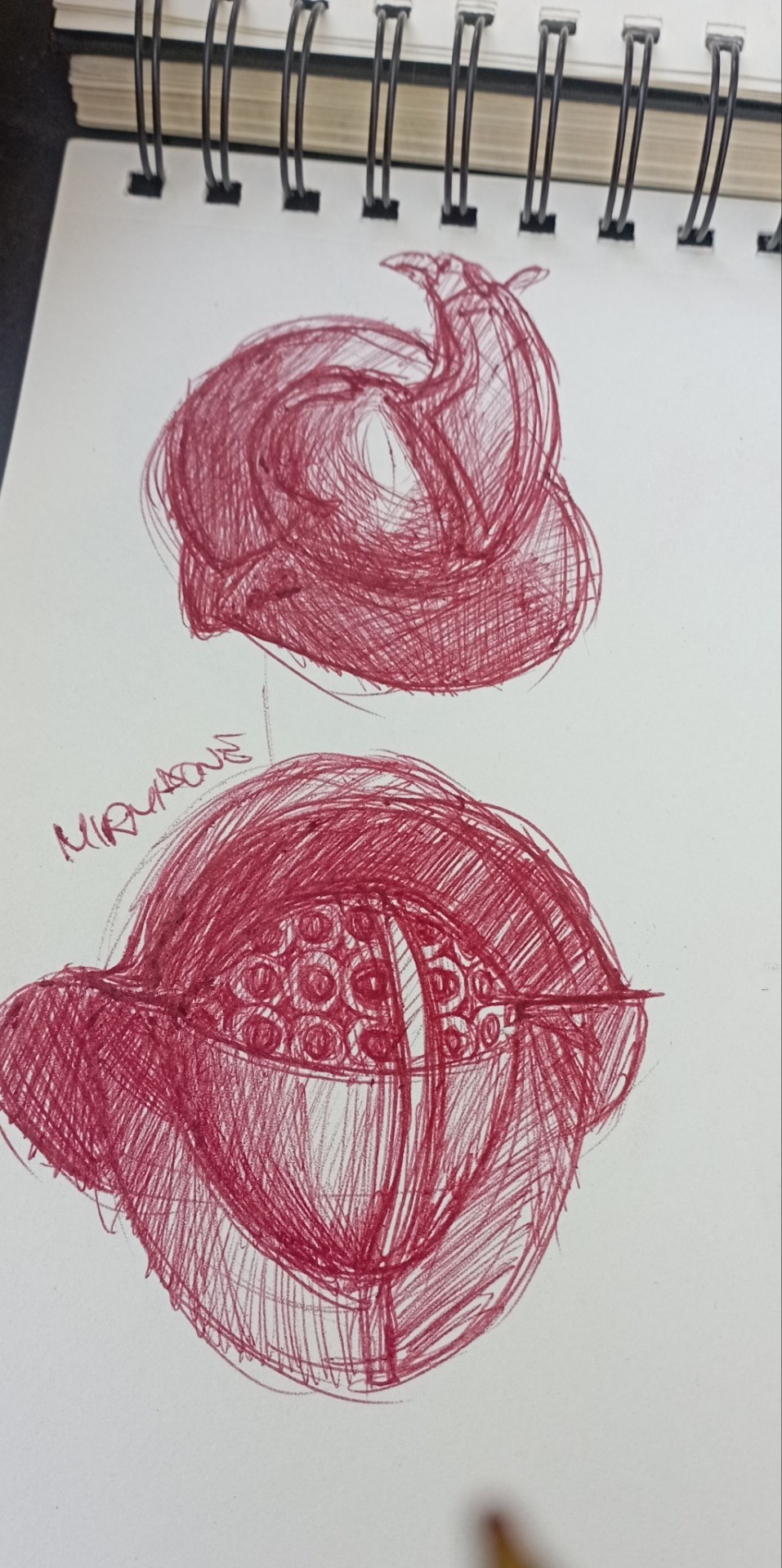
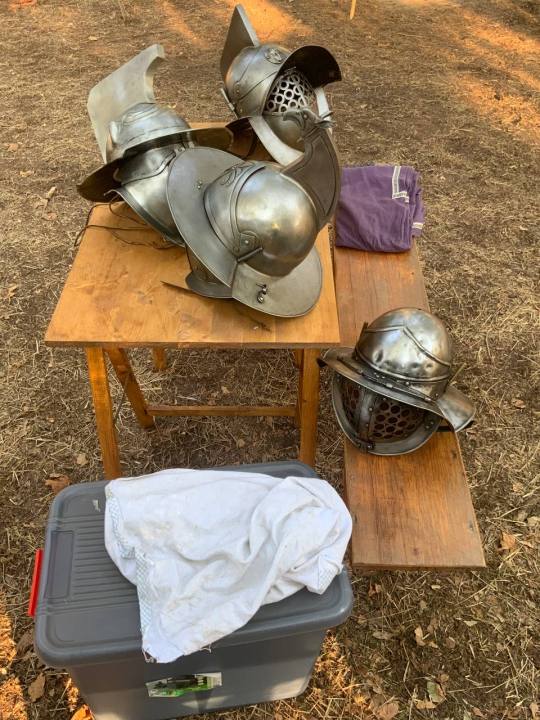

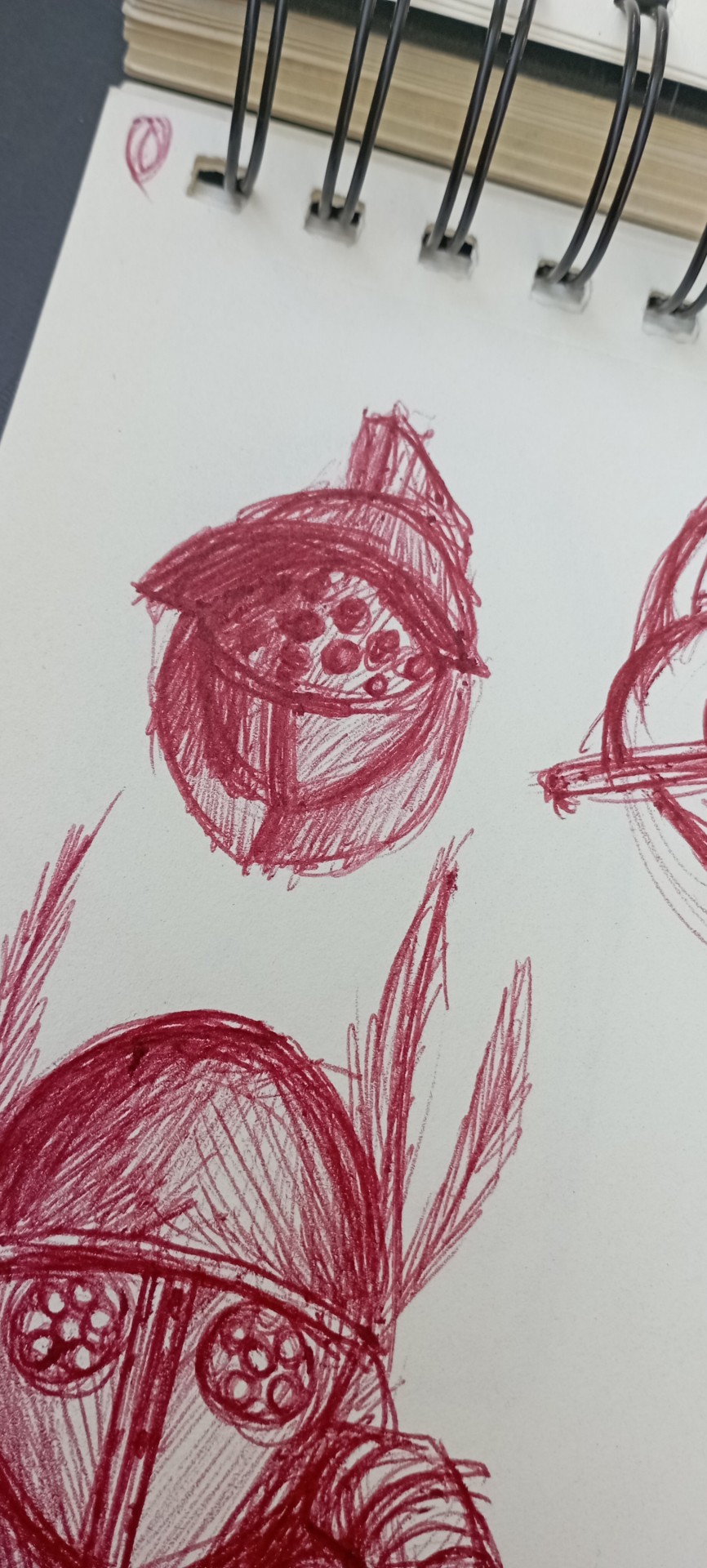

Yesterday I had some time to do some studies on the go.
Ballpoint pen only, no undo and no regrets! (In fact I have many regrets, but that's what studies are for, right?)
#druidia#druidia festival#roman#gladiators#roman festival#celtic festival#sketch#artists on tumblr#ballpointpen
2 notes
·
View notes
Text
We don’t tend to think of religion and wild parties going hand in hand. However, every year the Egyptians held the festival of drunkenness, emulating Hathor’s inebriation.
46 notes
·
View notes
Text
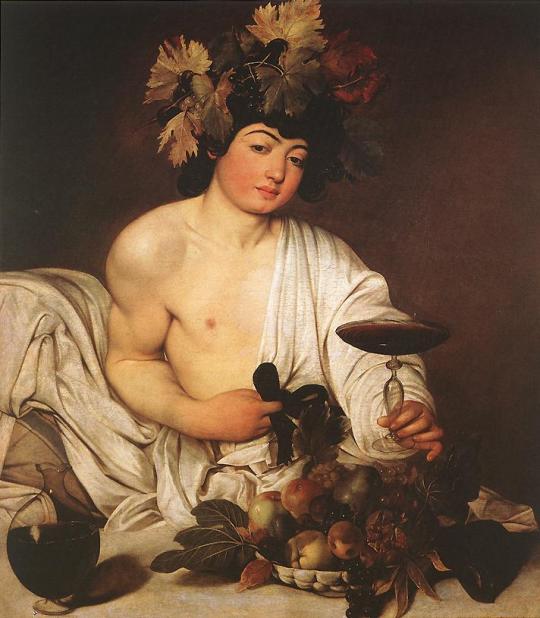
Happy Festival of Bacchus!
#festival of bacchus#bacchus#dionysus#ancient roman god of wine and agriculture#ancient greek god of wine and agriculture#ancient rome#ancient greece#greco-roman mythology
34 notes
·
View notes